April 15, 2025 | 09:11 GMT +7
April 15, 2025 | 09:11 GMT +7
Hotline: 0913.378.918
April 15, 2025 | 09:11 GMT +7
Hotline: 0913.378.918
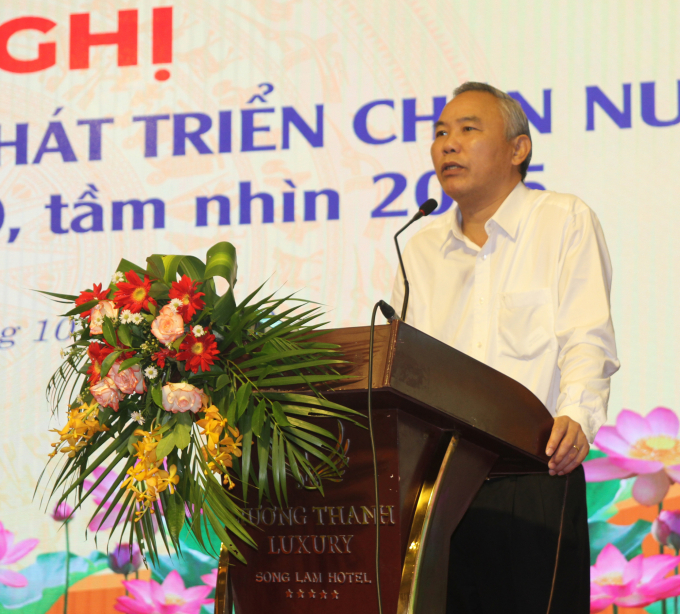
Deputy Minister of Agriculture and Rural Development Phung Duc Tien at the workshop. Photo: Viet Khanh.
Deputy Minister of Agriculture and Rural Development Phung Duc Tien said “We are required to seriously implement the strategy to reach the effectiveness as expected,” he said.
Tien said that at the workshop on October 19 in the central province of Nghe An to deploy the strategy. The workshop was co-organised by the ministry and the local administration.
The livestock development strategy in the period of 2021-2030, with the vision towards 2045 is a long-term strategy, he said.
Therefore, Tien asked all stakeholders to work together to successfully implement the strategy.
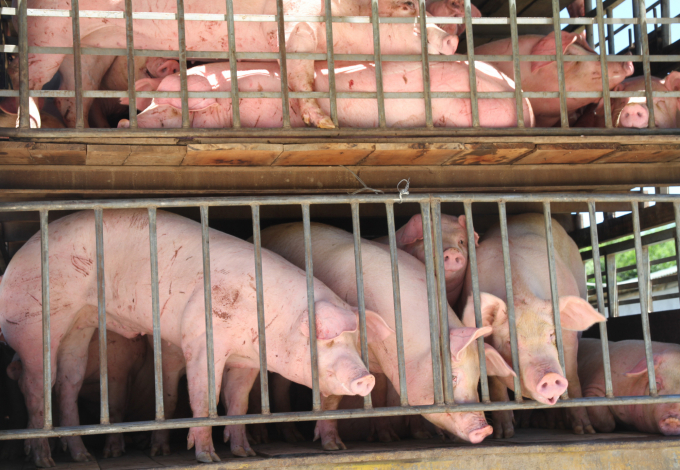
The domestic livestock industry has made many important achievements. Photo: Viet Khanh.
Vice Chairman of the provincial People's Committee Hoang Nghia Hieu said that the whole province has a large herd of cattle with more than 757,000 buffaloes and cows, accounting for 8.4 per cent of the country, and over 65,000 dairy cows that have been raised under the application of technologies.
Hieu said the province determined to develop the livestock industry in both quality and quantity, especially, for beef, dairy cow and poultry.
The province will shift from a small-and-dispersed livestock model into a centralized, industrial and environmentally-friendly livestock model, he said.
In the short-term, it will strive to raise the proportion of husbandry in agriculture to 48 - 48.5 per cent by 2025, he said.
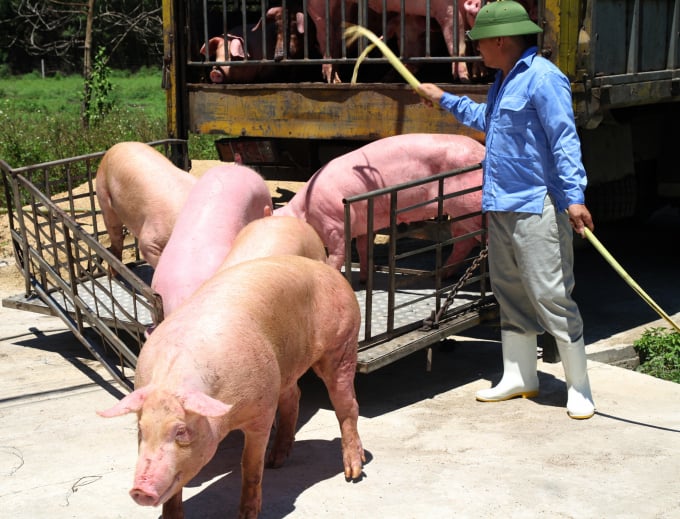
Improving of the status of the livestock industry is a task that cannot be delayed in the face of increasing demands. Photo: Viet Khanh.
According to the ministry, it is necessary to improve policies of land, finance, credit, trade and agricultural-developing encouragement to effectively implement the strategy.
Additionally, it is required the livestock industry to improve its capacity for disease prevention and environmental protection; apply science and technology; promote international cooperation; improving productivity and quality of livestock breeds as well as human resource, the ministry said.
The ministry will also actively co-operate with relevant agencies and localities to deploy the strategy.
It has planned to compile projects to effectively implement the strategy, the ministry said.
There have been 5 projects to implement the strategy. The first project is developing animal breeds. The second project is enhancing the animal-feed processing industry. The third project is to developing waste treatment in the livestock industry.
The fourth project is developing the slaughtering sector and the market for the livestock industry. The last project is improving human resources, strengthening the application of science and technology, and enhancing the State-management capacity for the livestock industry.
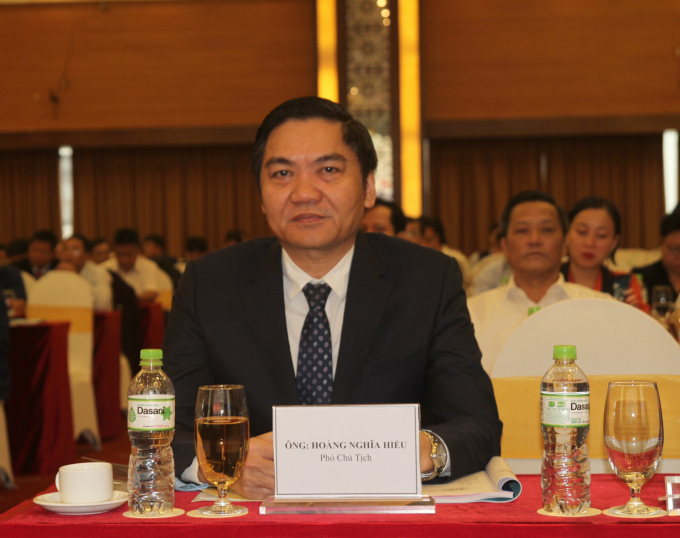
Vice Chairman of People's Committee of Nghe An Hoang Nghia Hieu says that the province will focus on developing advantageous products to increase competitiveness. Photo: Viet Khanh.
The strategy, which was approved by the Government on October 6, has set out the target of promoting the potentials and advantages of ecological regions to boost the livestock industry in a comprehensive, efficient and sustainable direction.
The overall goal of the strategy is to develop the livestock industry following the direction of industrialization, modernization, sustainable development and competitiveness enhancement.
By 2030, it is expected to bring Viet Nam’s livestock industry to join the group of advanced countries in the region.
Under the strategy, it targets to minimize import by actively preparing high-yield animal breeds to meet at least 90 per cent of the demand on pig breeds, 80 per cent of the demand on chicken breeds, 100 per cent of the demand on duck breeds, 70 per cent of the demand on beef and 65 per cent of the demand on dairy cow during the period of 2021-2030.
The strategy also schedules to gradually build brands, geographical indications for high-quality indigenous varieties with regional advantages.
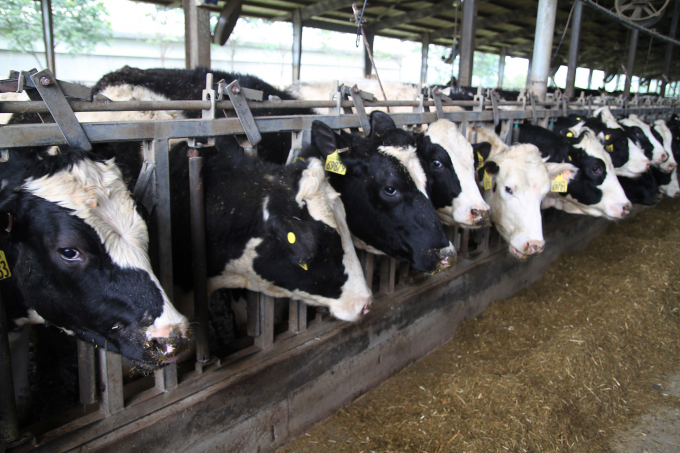
Dairy cow is a potential commodity of Nghe An Province, in particular, and the whole agriculture sector, in general. Photo: Viet Khanh.
Another important task of the strategy is that livestock products must be formed mainly in professional farms and households, ensuring biosafety and environmental friendliness as well as meeting the demand for food hygiene and safety for domestic consumption and exports.
Author: Viet Khanh. Translated by Nguyen Hang. Edited by Duc Huy.
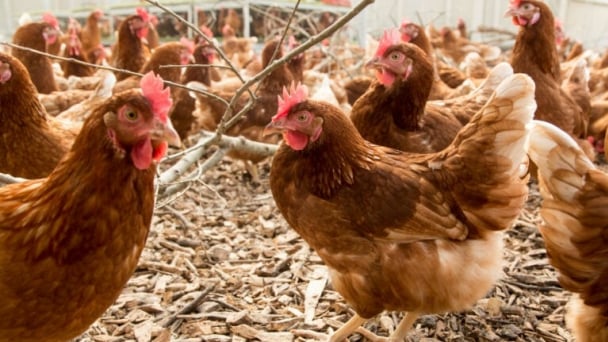
(VAN) The latest Business Benchmark on Farm Animal Welfare (BBFAW) reveals steady progress on farm animal welfare across the global food industry.

(VAN) Green credit is a financial policy that effectively supports environmentally friendly projects and activities today.
/2025/04/09/1049-2-165919_630.jpg)
(VAN) With a revenue of less than VND 30 billion/year, packaging producers are exempted from EPR liability under Decree No. 05/2025 newly issued.
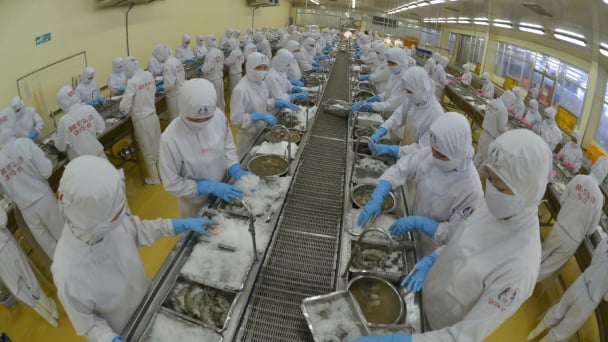
(VAN) Ministry of Agriculture and Environment has issued an Action Plan for sector's development in the coming period, aiming for a growth rate of 4% or higher and an export turnover of USD 65 billion.
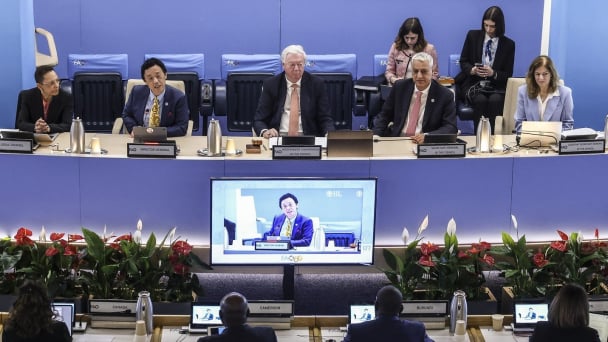
(VAN) The 177th Session of the FAO Council opened on Monday at the Organization’s headquarters in Rome.
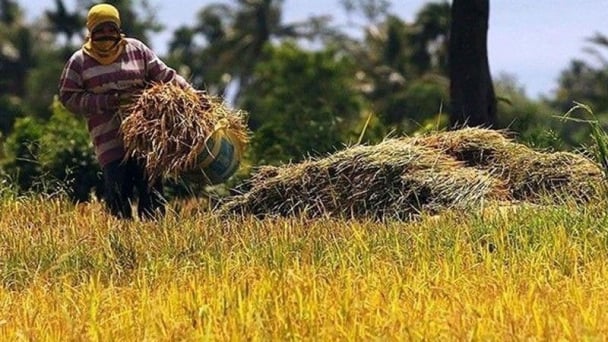
(VAN) In a statement, the Federation of Free Farmers (FFF) said the government must not be complacent over the reciprocal tariffs even if the Philippines will be slapped with the second lowest rate among US trade partners.

(VAN) On the morning of April 3, Prime Minister Pham Minh Chinh chaired a meeting with ministries following the United States' announcement of new tariff rates on imports from Vietnam.